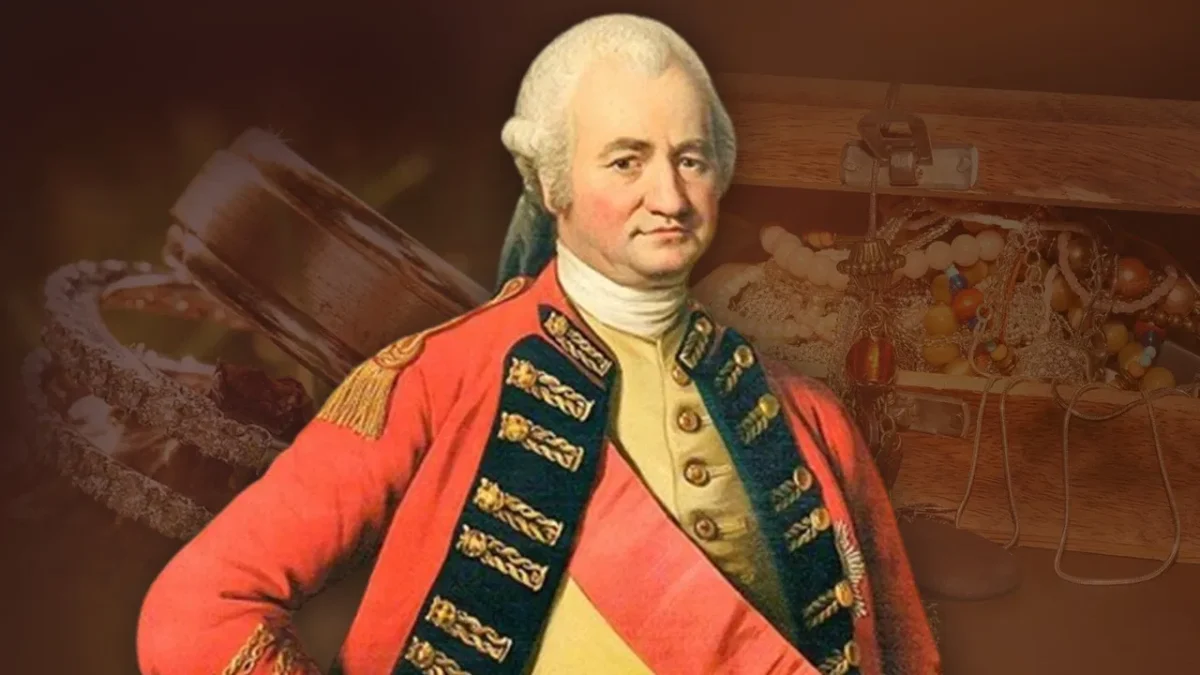Social Changes during the British Period (1757 – 1947)

A colonial economy
1. British rule converted India into a colonial economy.
2. The Indian economy was subordinated to the interest of its mother country, Britain.
3. British rule not only changed the political master at the top but also changed the substructure of the Indian economy like the village self sufficient economy.
4. Britishers never became an integral part of Indian life. They always remained foreigners and syphoned off huge amounts of money from India.
Artisans and craftsmen were destroyed
1. Because of one way free trade in India after 1813, Indian manufactured goods could not compete with the goods produced on a mass scale by steam operated machines
2. Cotton weaving and spinning industries of India were hard hit.
3. Officers of East India company compelled artisans to sell the goods below the market price and hired their services below the prevailing wages. This led to the abandonment of the hereditary professions by a large number of artisans and craftsmen and they overcrowded into agriculture.
4. Towns and cities like Dhaka, Surat, Murshidabad, Patna declined.
5. The population dependent on agriculture increased from 63.7% to 70% between 1901-1941.
Peasants became poorer
1. Because of the Izaredari system introduced by Lord Clive and Warren Hastings , agricultural lands were sold to the highest bidders. This led to the uprooting of old zamindars because they fell into arrears. Their lands were confiscated and sold to the highest bidders like merchants and traders or moneylenders. Permanent settlement in Bengal presidency introduced by Lord Cornawalis fixed the land revenue to be paid by the revenue farmers (zamindars) to the British Government in perpetuity. However, revenue farmers could raise the rent to be paid by the peasants. Thus, peasantry were compelled to be at the mercy of zamindars. In the Ryotwari system in Madras and Bombay presidency, the high revenue demand deprived most of the peasants from their lands and they fell into debt trap. Similar situation was obtained in Agra, Awadh and Punjab where Mahalwari system was introduced. Because of the excessive demands of land revenue by the British Government, most of the lands of peasants were confiscated and were sold to merchants, traders, money lenders or contractors. The condition of peasantry throughout the length and breadth of India deteriorated during the British rule.
Rise of Money lenders
1. Because of the land revenue policy of the Britishers and new legal system, a class of money lenders arose in India.
2. These money lenders could seize the lands of peasants. If they fail in arrears.
3. In 1911, the total rural debt was estimated at Rs. 300 crores but by 1937, it amounted to Rs. 1800 crores.
4. Most of the land in Deccan were captured by money lenders
5. That’s why during the period of 1857 revolt the target of attack of peasants was always on money lenders.
Rise of absentee landlordism in rural areas
1. Because of the land revenue policy of the Britishers, the old zamindari states were utterly ruined and were forced to sell their zamindari rights in Bengal presidency.
2. By 1815, half of the landed property in Bengal had been transferred from old zamindars to new zamindars who lived in town, giving rise to absentee landlordism in India.
3. These landlords became the chief political supporters of the Britishers and opposed the rising national movement.
Rise of Intermediaries
1. The new landlords found it convenient to sublet their rights to collect rent to other eager people on profitable terms.
2. As the rent of land increased, the number of intermediaries also increased and sometimes it went up as high as 50.
3. The condition of tenants became pitiable because they had to bear the brunt of exorbitant rents.
Rise of Indian Capitalists
1. Under the impact of the industrial revolution, jute and textile industries were founded by Indians.
2. By 1879, there were 56 textile mills employing 43000 workers.
3. By 1882, there were 20 jute mills.
4. Sugar mills, woollen textiles, iron steel works, cement, paper, matches, glass industries developed during the 1930s .
5. However, most of the modern Indian industries were owned or controlled by British capitals.
6. Foreign capital easily overwhelmed Indian capital on many of the Indian Industries.
7. Indian owned industries had a very stunted growth. Focus was more on consumer industries rather than basic industries
8. Although Indian capitalists formed a small part of the Indian population, they represented new technology, a new system of economic organisations, new social relations and an all India outlook.
Rise of modern working class
1. Because of the Industrialisation of India in the second half of the 20th century, a new working class arose in India.
2. By 1905, there were 206 cotton mills employing 1,96,000 workers. Similarly, in jute industries 1,15,000 workers were employed by 1901. The coal mining industry employed nearly 1,00,000 of workers in 1906.
3. There were 2.3 million workers employed in 1951.
4. The condition of the workers was very pitiable. There were no housing facilities available for them. There was no fixation of work hours.
5. The British government introduced the first Indian factory act in 1881, fixing nine working hours for children between 7 years to 12 years.
6. The second factory act 1891, gave a weekly holiday to all workers. Women were not to work more than 11 hours per day and for children it was reduced to 7 hours.
The policy of divide and rule Growth of communalism in India
1. The unity of Hindu and Muslims during the 1857 revolt scared Britishers. So, they started the policy of divide and rule.
2. First of all they confiscated lands of Muslim zamindars and distributed those lands to Hindu zamindars and peasants.
3. Educated Hindus were preferred in government jobs. Muslims were neglected.
4. But after 1890, Britishers reversed their policy when they saw that Hindus are demanding Indianization of government jobs, representation in assemblies.
5. Britishers helped in the establishment of Muslim league in 1906 to safeguard the exclusive interest of Muslims.
6. In the 1909 act, Muslims were given separate electorates and thereafter in 1919 act, Christians, Europeans, Sikhs were given separate electorates.
7. The separate electorate to different communities was meant to destroy the rising Indian nationalism in India.
Hostility to educated Indians
1. The British established three universities at Calcutta, Bombay and Madras.
2. The British appreciated the educated Indians who did not participate in the 1857 revolt. But British officials now became totally against it after 1890 when these educated Indians demanded more and more share in the governance.
Social reforms
1. The British abolished sati system, permitted widow remarriage, banned infanticide, raised marriageable age of girls.
2. But after 1857, the Britishers abandoned social reform, fearing that any further social reform may create a reaction of people against the Britishers.
Racial Antagonism
1. The British always maintained social distance from Indians and openly asserted the doctrine of racial supremacy.
Weakening of caste system and emancipation of women
1. Because of the social reforms by Raja Ram Mohan Rai, Dayanand Saraswati, Self respect movement in South India, rigidity of caste weakened.
2. Women participated in large numbers in the national movement launched by Gandhi ji.
3. Education among women further strengthened their position in society
Conclusion
1. Every class and every section of Indian society gradually discovered that its interests were suffering in the hands of foreign rulers.
2. Peasants, artisans and craftsmen, educated Indians, the rising Indian capitalists and workers felt that the British rule was not good for them and for India.
3. The exploitative British domination gave rise to Indian nationalism.
4. Only zamindars, landlords and the princes supported British imperialism. Even a section of them joined the national movement.
5. The British rule for 200 years in India affected almost all classes of India. The Britishers took away $44 trillion from India in its 200 years rule.
6. Thus, British rule gave rise to new classes of absentee zamindars, moneylenders and princes who were staunch supporters of British Raj. On the other hand, a new capitalist class, industrial workers and educated middle class arose in India. They spread nationalist ideas and were completely opposed to communalism.

IPS, Ex-DIG, Gold Medalist.
IPS in Madhya Pradesh Police

